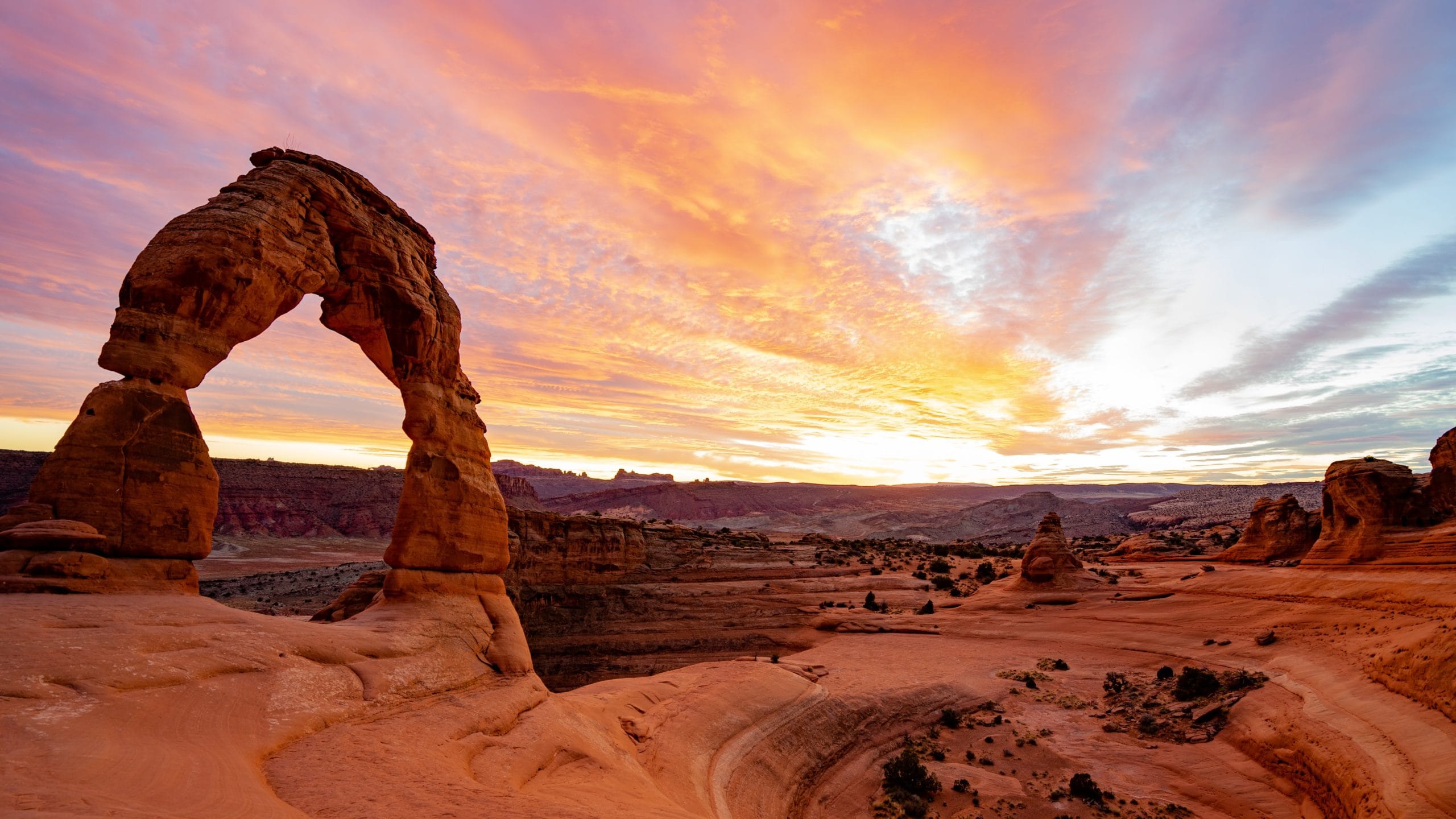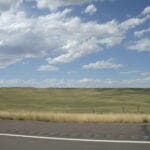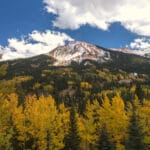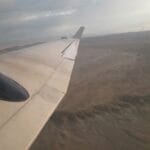Hey there, adventure-seekers! Ever wondered about the altitude of Moab, Utah, and how it might affect your trip? At a breathtaking 4,025 feet (1,227 meters) above sea level, Moab’s elevation is more than just a number – it’s a key ingredient in the area’s captivating landscape, unique climate, and the exhilarating experiences it offers. From stunning vistas to the challenges of thinner air, understanding Moab’s altitude is essential for planning a safe and unforgettable adventure.
Feeling the Altitude: Acclimating to Moab’s Thin Air
While not considered “high altitude” in the strictest sense (which typically starts at 8,000 feet), Moab’s elevation can still take some getting used to, especially for those accustomed to lower elevations. Why? The higher you go, the thinner the air becomes, meaning less oxygen reaches your muscles and brain.
This can lead to altitude sickness (also known as acute mountain sickness), which can range from mild to severe. Symptoms may include headaches, fatigue, dizziness, shortness of breath, nausea, and sleep disturbances. In more serious cases, it can even lead to pulmonary edema (fluid in the lungs) or cerebral edema (swelling of the brain), though these are less common.
Don’t let this deter you from experiencing Moab’s magic! Most people acclimatize within a day or two by taking a few simple precautions:
- Hydrate Like a Champion: Drink plenty of water before, during, and after your trip. Dry desert air combined with altitude can dehydrate you faster than you realize.
- Take it Easy: Avoid strenuous activity upon arrival. Give your body time to adjust to the thinner air. Gradually increase your exertion levels over a day or two.
- Listen to Your Body: If you experience any symptoms of altitude sickness, rest, and avoid ascending further until you feel better. If symptoms worsen, descend to a lower elevation.
Pro Tip: If you’re prone to altitude sickness or have pre-existing health conditions, talk to your doctor about medications like acetazolamide, which can help your body acclimatize faster.
Moab’s Altitude: Sculpting Landscapes & Elevating Experiences
Moab’s elevation isn’t just about how you feel – it’s a powerful force that has shaped the very landscape you came to explore. Those towering red cliffs, deep canyons, and iconic arches? All sculpted over millions of years by wind, water, and the erosive power of high-desert air.
This dramatic landscape makes for incredible adventures, but it also demands respect. Here’s how to make the most of Moab’s unique environment:
- Choose Trails Wisely: Whether hiking or biking, select trails that match your fitness level and altitude acclimatization. Start slow and gradually increase the difficulty.
- Pace Yourself: Remember that even everyday activities like walking and biking require more effort at higher elevations. Don’t overexert yourself, especially in the first few days.
- Protect Yourself from the Elements: The sun is more intense at higher altitudes. Wear sunscreen, a hat, and sunglasses, and consider hiking or biking during cooler parts of the day.
- Fuel Your Body: Eat nutritious meals and snacks to keep your energy levels up. Altitude can increase your metabolism, so you might find yourself needing to refuel more often.
Beyond the Views: Why Moab’s Altitude Matters
Moab’s allure extends far beyond its postcard-worthy scenery. The altitude plays a crucial role in shaping a unique ecosystem and influencing the types of activities you can enjoy:
- Thriving in Thin Air: Moab’s elevation supports a fascinating array of plants and animals adapted to survive in this arid, high-desert environment. Keep an eye out for desert bighorn sheep, coyotes, lizards, and a variety of bird species.
- Adventure Amplified: From the world-renowned Slickrock Trail to the challenging climbs in Arches National Park, Moab’s altitude adds an extra layer of exertion and reward to outdoor pursuits.
- Gateway to Natural Wonders: Moab is the perfect basecamp for exploring nearby Arches National Park and Canyonlands National Park, both heavily influenced by elevation in their formation and unique environments.
Moab: Where Altitude Meets Adventure
Moab’s elevation is an integral part of what makes this destination so captivating. It’s a place where you can stand on towering cliffs, feel the wind in your hair, and witness the awe-inspiring power of nature firsthand – all while challenged and invigorated by the thinner air. By understanding and respecting the altitude, you can unlock a world of adventure and create unforgettable memories in this red rock wonderland.
- Discover Long Black Pepper: Flavor & Health Benefits - April 25, 2025
- Shocking Twists: The Grownup Review: Unreliable Narration - April 25, 2025
- A Quiet Place Book vs Movie: A Deep Dive - April 25, 2025
















